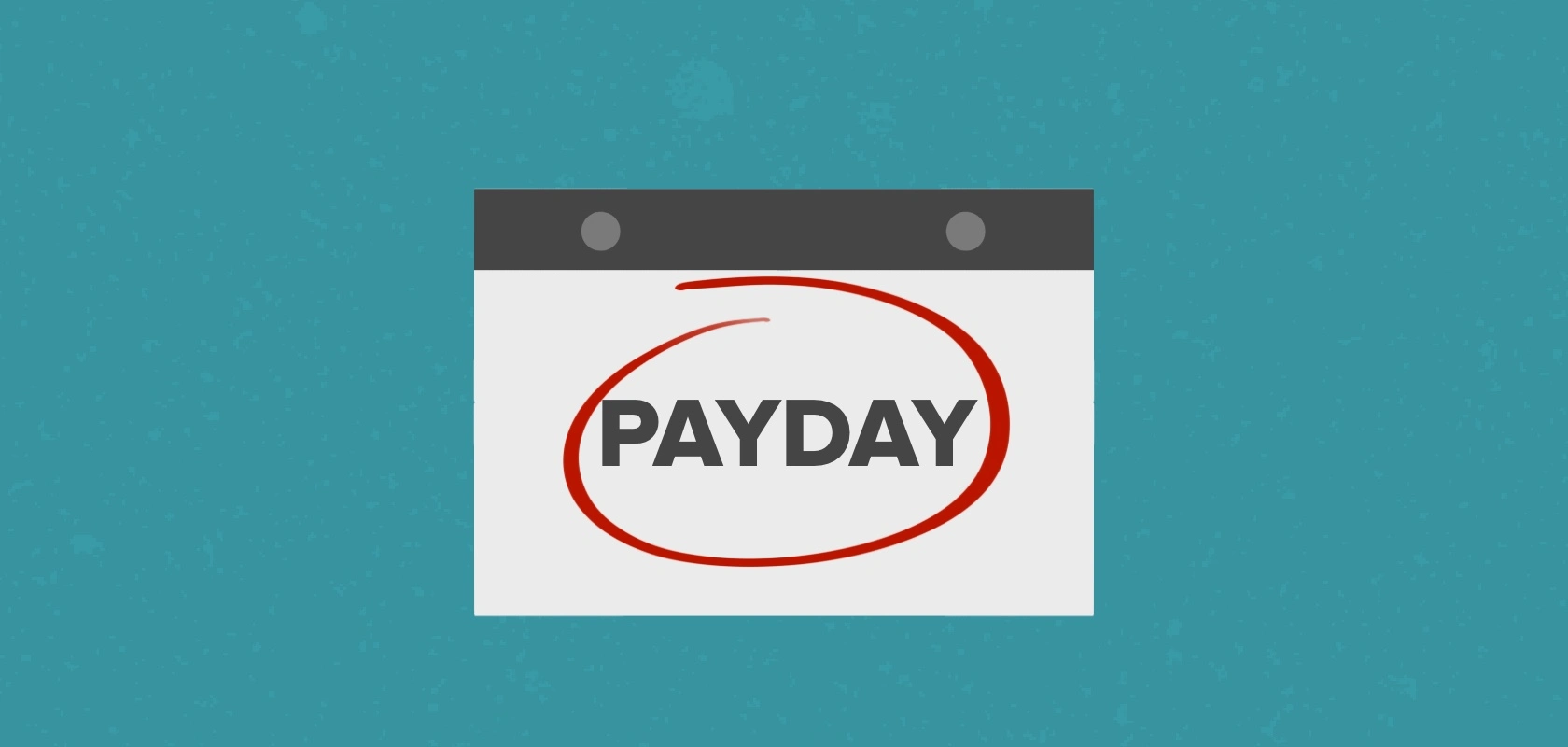

One of the perennial criticisms of the martech landscape is that “most of these items all do the very same matter.” Send an electronic mail. Render a web web page. Examine some information. This criticism has developed louder in proportion to the advancement of the landscape.
With an ever more exasperated tone, people today ask, for case in point, “What’s the stage of hundreds of CRMs or advertising automation tools? They’re all just storing the very same client fields and mail merging them into strategies.”
I’ve usually experienced two reverse responses to that accusation.
Very first, I get a minimal defensive and say, “Hey, there are real improvements that occur in martech all the time. For occasion, you can’t appear at a solution like DALL-E 2, that magically generates visuals from any description you can categorical in words, and not value that, wow, this genuinely is anything new less than the solar.”
But not all innovations in martech are that exceptional. Coming up with the 1st number of reverse ETL equipment to effortlessly (re)hydrate knowledge into your application stack from your details warehouses was tremendous handy. But it was not deserving of a headline in The New York Instances.
So, my fallback response is to admit, “Yeah, I guess you are proper. All e mail advertising equipment kinda do the very same issue. But, hey, on the vibrant aspect, that kind of commoditized levels of competition between distributors should really be wonderful for you as a marketer. Legislation of economics: it should really push down your selling price.”
That typically mollified people critics, who mainly just wanted me to acquiesce to their gut-degree perception that the martech landscape was all audio and fury signifying almost nothing. But it did not sit perfectly with me. It didn’t appear to be to clarify the sheer volume of versions of solutions in martech categories nor the massive total of mental funds that held getting invested in them.
3-Tier Architectures: Info, Conclusions, Shipping
Let us begin by recognizing that most application follows a sample of 3 tiers or layers:
- Details — at the base: records stored in a database
- Presentation — at the top rated: what seems on the monitor to users
- Company Logic — in the middle: decisions and move in between the other two levels
David Raab, the inventor of the CDP group, mapped these to three stages of data, decisions, and shipping. (I wrote an report previous yr riffing on that model identified as Information, Decisioning, Supply & Style to distinguish CDPs from cloud details warehouses, CDWs.)
But these three layers are not equal in scale or complexity.
The data layer appears to be intuitive as the easiest layer. If you’re chatting about client documents, these kinds of as in CRM, there are generally a finite range of fields currently being saved. And the most crucial fields are constantly the exact same: name, firm, title, e mail, mobile phone range, deal with, and many others.
Of course, all consumer details isn’t totally that homogenized. Various enterprises acquire different information all-around buys, consumer behaviors, demographic, firmographics, technographics, and so on. There can be relational info connecting those customers with strategies, system, and associates.
Nevertheless, the quantity and dispersion of variation is modest. In other words, the details layer is pretty susceptible to commoditization.

What about the presentation or delivery layer? Most people — especially UX specialists — would say there is a large amount additional scale and complexity in this article. It is all the things that everybody sees or hears!
Intuitively, there is monumental variation in presentation. Some interfaces are stunning some others are unattractive. Some display you precisely what you want, where you want it other people are a incredibly hot mess that your eyes painfully bushwhack through to uncover the just one factor you ended up essentially searching for.
So presentation is an place of differentiation, not commoditization, suitable?
Basically, no.
Forgive me for getting a bit philosophical here, but have faith in me, there is a significant stage to it.
The specialized layer of presentation is actually pretty constrained. There are only so lots of pixels, of so many colors, that you can set on a display. I’m not conversing about what those people pixels stand for — that’s a thing various, which we’ll get to in a moment. The raw pixels and their common designs veer to commodities.
For that matter, if we develop beyond just “presentation” to go over other sides of “delivery” — how that presentation essentially comes in front of another person — that’s very commoditized way too. The HTTPS protocol for website pages. The SMTP protocol for e-mail. The SMPP protocol for text messages. These are not just commodities, they’re expectations.
Now just before designers commence sending me anatomically unflattering wireframes of in which I can stick this article, enable me swiftly abide by up that design and style and UX are amazingly complicated and essential sides of products and activities that supply remarkable prospect for differentiation. (Glimpse, I even put it in daring!)

But the magic and mastery of style and UX is not in the shipping and delivery. It’s in the selections about what to provide — when, where, how, to whom.
It is the selections in UX that create differentiation.
Decisions Are the Wellspring of Differentiation
Most of software package is decisioning. All individuals directions jogging by processors selecting if this, then that, millions of instances for every minute. The greater part of code in purposes is “business logic”, a vast ocean between the seabed of widespread knowledge and the reasonably slim waves of presentation sent on the area.
The scale of the selections layer in software package is massive. I’ve drawn it as 80%, relative to 10% for details and 10% for delivery, in my diagram. But it’s almost certainly nearer to 98% vs. 1% and 1% in most programs.

It is also sophisticated. And I suggest “complex” in the scientific perception of a lot of interacting components — and not just isolated in that a single program by itself. The choices one particular computer software app makes are impacted by the conclusions other related application applications make. In a stack of dozens of applications, hundreds of data resources, and countless numbers or tens of millions of users, all feeding diverse inputs into a program’s decision-earning, you have an astronomical established of options.
It is in this complicated atmosphere the place distinctive software program applications deliver to bear distinctive algorithms, frameworks, workflows, and products to make choices in distinct methods.
There are a few significant points about this choices layer:
- It’s the premier portion of what composes a software package app.
- Collectively, there is a near infinite selection of distinct attainable choices.
- These choices can have sizeable, product impact on company outcomes.
The previous level should really be self-apparent. Corporations compete on the selections they make. If you don’t believe you can make distinctive — improved — conclusions than your competition, you really should likely contemplate a vocation as a airtight monk. (Ironically, a really differentiated final decision to make.)
The selections layer in application is a massive canvas for differentiation. And with its prospective effects on outcomes, it’s a massive canvas for significant differentiation.
Virtually no two computer software apps — at the very least apps of any significant dimension — are the identical.
Martech: Commoditized and Differentiated
When you glance at the significant-stage groups of the martech landscape, these kinds of as a large bucket for CRM, with hundreds of logos, it’s honest to say that, positive, in some broad sense, all these applications are the same. They are all for client connection administration.

You could also rightfully say that the data stored in these CRMs are typically very related far too. As are the shipping channels in which they provide up presentation to staff back-stage and shoppers front-phase. Via individuals lenses, they are commoditized solutions.
But the gigantic mass of decisions within just about every of these various CRMs may differ tremendously.
Devote some time utilizing HubSpot (disclosure: where by I get the job done), Microsoft Dynamics, and Salesforce, and you will value just how distinct these CRMs are. Definitely for your experience as a user. But from the myriad of points that add to differentiated working experience for you in all those CRMs springs a fount of distinct small business conclusions and shopper interactions.
Is just one of course far better than the many others? (I’ll resist my personalized bias in answering that.) Given the large adoption of all 3, you have to conclude that the remedy to that dilemma is distinctive for diverse corporations.
(Sure, it is a meta-conclusion to make your mind up which choices bundled in a CRM platform you choose, to support you make better decisions for your shoppers, to then aid them make greater decisions in their enterprises, and so on. Turtles all the way down? Nope, it’s choices all the way down.)
And it’s not just those three CRMs. It’s the hundreds of many others. Each one designed by diverse men and women bringing unique strategies, philosophies, frameworks, and implementation alternatives to the enormous number of conclusions embedded in their item. All of which ripple into variations for how your enterprise will in fact work in zillions of little ways… but which aggregate into not-so-tiny variations.
A lot more colloquially, this is named opinionated software package.
Now, not all individuals discrepancies will be great kinds. It is a Darwinian market for certain. Some CRM platforms will prosper others will go extinct. New CRM startups will sprout with new versions. Above time, there might be additional or fewer. But there’s place for diverse CRMs with diverse selection layers to legitimately exist, as very long as every a single has a shopper foundation — even if, or it’s possible specifically if, it’s a market — who like the distinctive conclusions of that vendor.
This dynamic is current across all categories in martech.
Incremental Innovation Is Nevertheless Innovation
Now, are the variations in the selections layer between two martech merchandise in the exact group breakthrough, leap-frogging innovations?
Admittedly, most of the time, no. They are extra frequently “incremental innovation” — locating improved strategies to do anything, not so much building totally new somethings. But it would be a miscalculation to disdain, “Pffft, that is only incremental innovation.”
Incremental innovation is nonetheless innovation. It can meaningfully differentiate just one vendor from a different and supply wonderful added benefits to their buyers.
This why martech has 10,000 items that all kinda do the similar issue — but not genuinely.






